The most peaceful place on earth may be in the middle of Tokyo
TOKYO — You don’t come to Tokyo to relax. You come to eat all the uni in sight, zip around on the city’s super-fast metro, shop at glossy department stores, and drink too much Japanese whisky. Then you head to a more rural part of the country, such as Hakone, to unwind.
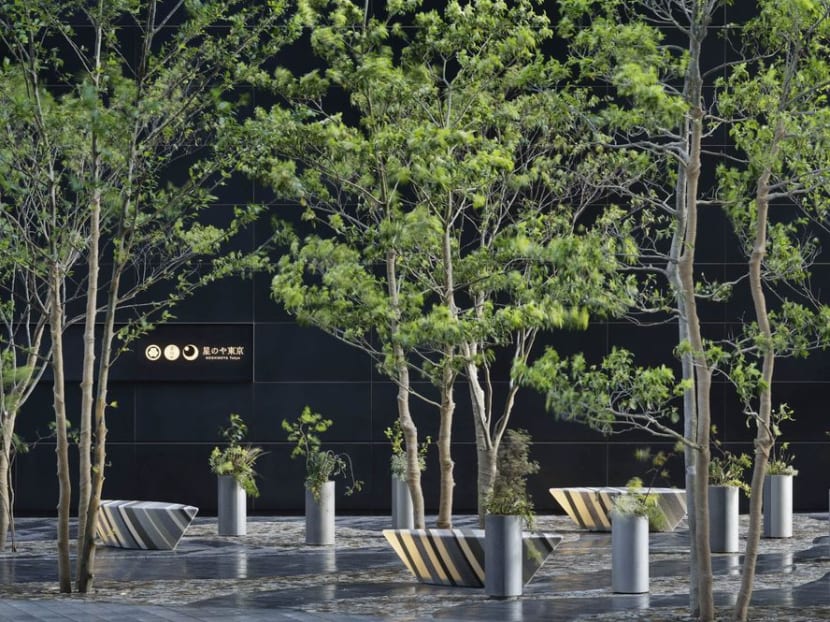
The street-level entrance to Hoshinoya Tokyo. Source: Hoshinoya Tokyo
TOKYO — You don’t come to Tokyo to relax. You come to eat all the uni in sight, zip around on the city’s super-fast metro, shop at glossy department stores, and drink too much Japanese whisky. Then you head to a more rural part of the country, such as Hakone, to unwind.
Or you can just check into the new Hoshinoya Tokyo and accomplish ample unwinding smack in the middle of the frenetic Otemachi financial district.
Japan-based Hoshino Resorts opened the Hoshinoya Tokyo in July, billing it as the city’s first “luxury ryokan”. For the uninitiated: A ryokan is a traditional Japanese-style inn that offers an immersive cultural experience. Staying at a ryokan usually means sleeping on a futon bed on a tatami (straw mat) floor, bathing in a communal hot-spring bath, and eating a multi-course kaiseki-style meal while wearing a kimono. Highly recommended!
But there aren’t many ryokans in Tokyo, and they tend to be simpler and more budget-oriented than the cosseting inns scattered through the Japanese countryside. Hoshinoya takes the best elements of a ryokan and makes them fit for modern travellers in one of the world’s busiest cities. The result? One of the most peaceful urban hotels anywhere on earth.
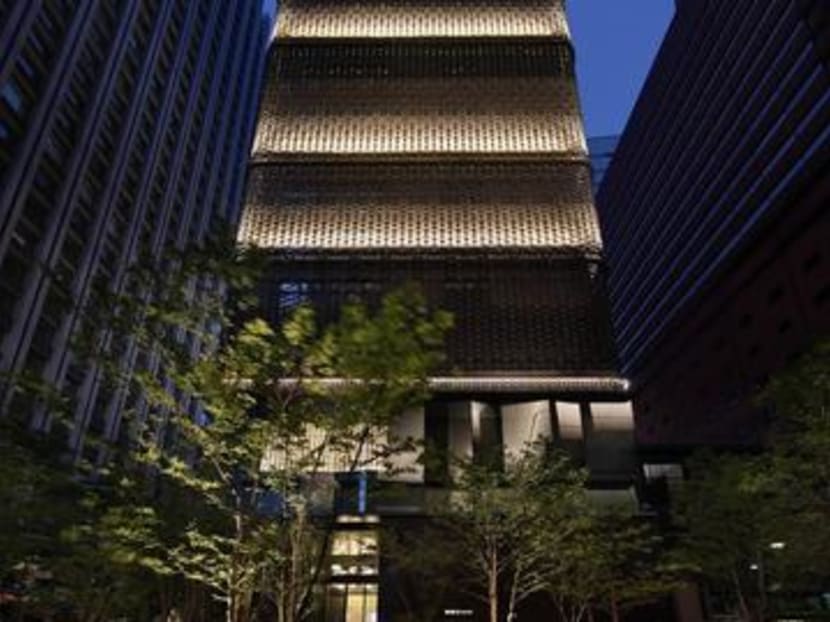
The Hoshinoya Tokyo has 84 rooms over 17 floors.
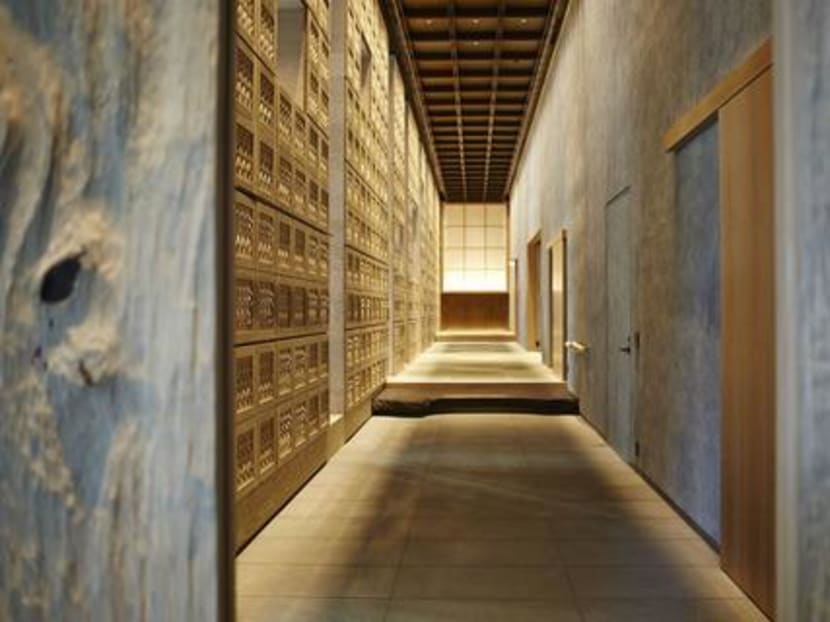
Bamboo lockers for your shoes at the entrance to the hotel.
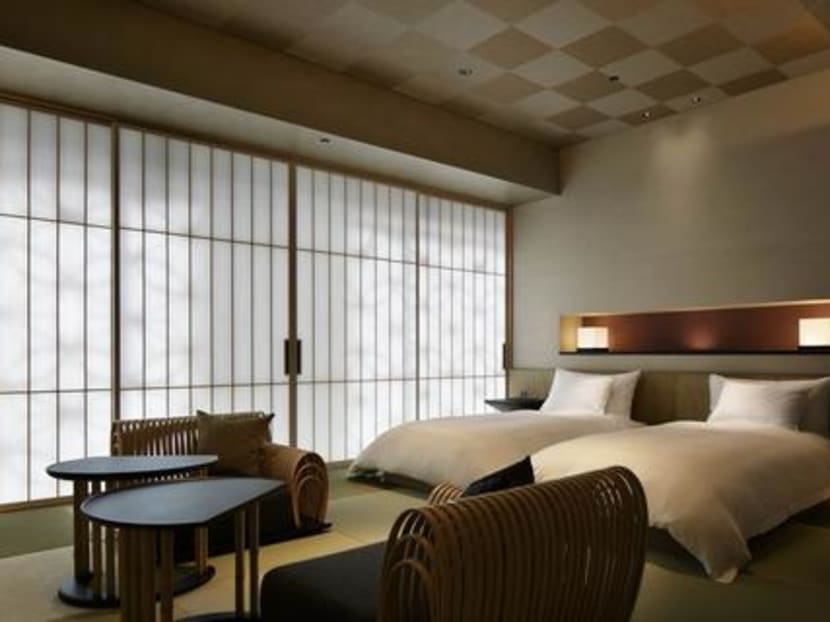
Rooms have plush mattresses instead of the futon mats of a traditional ryokan.
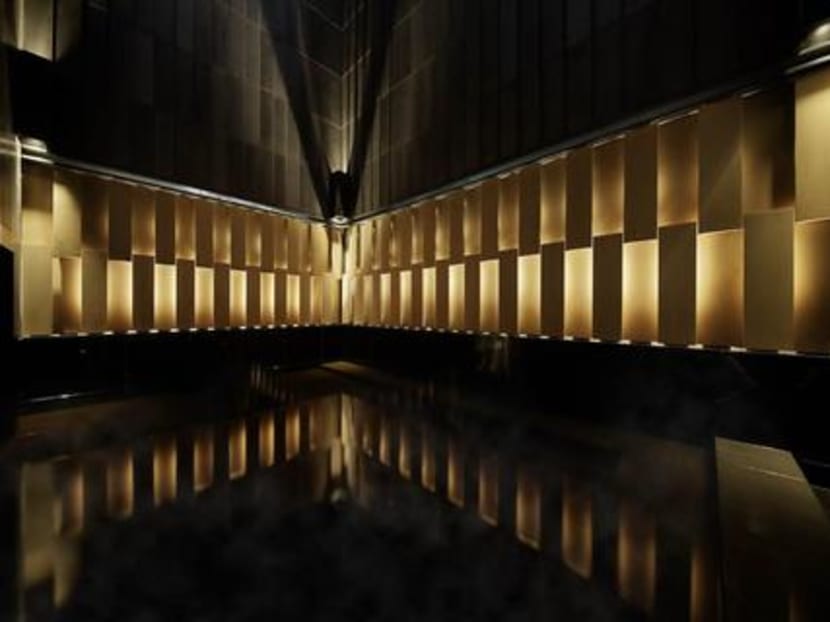
The hotel's onsen (natural hot springs). Look up, and you see stars.
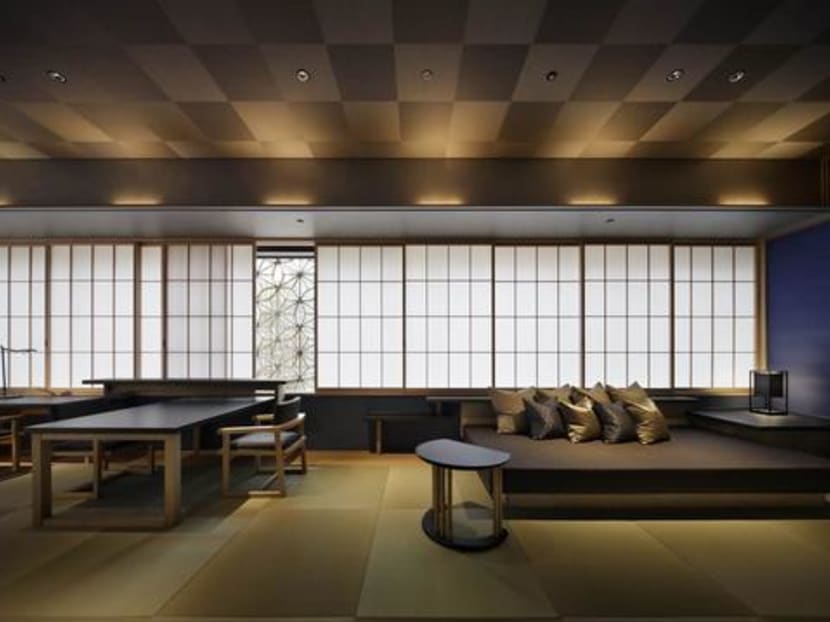
The Kiku guest room.
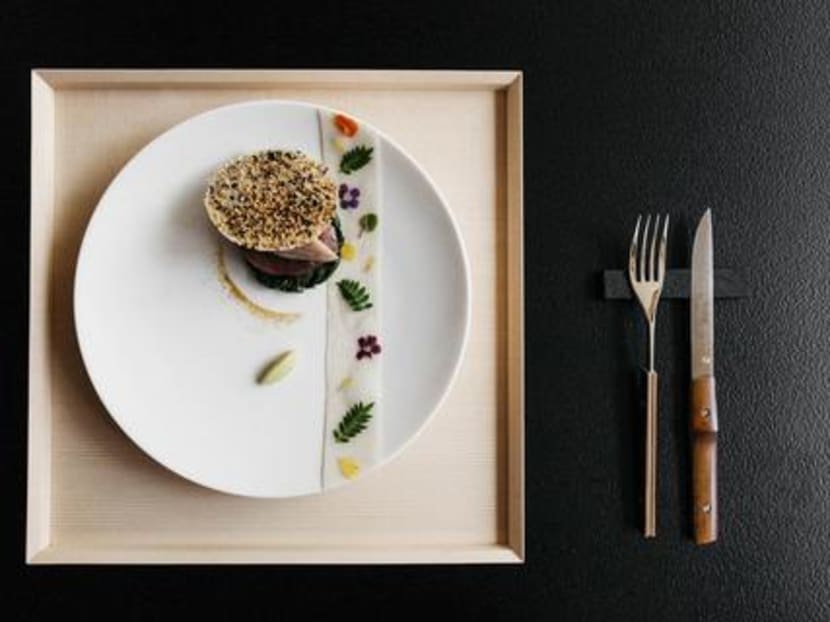
Traditional kaiseki menus and breakfast can be all served in your room.
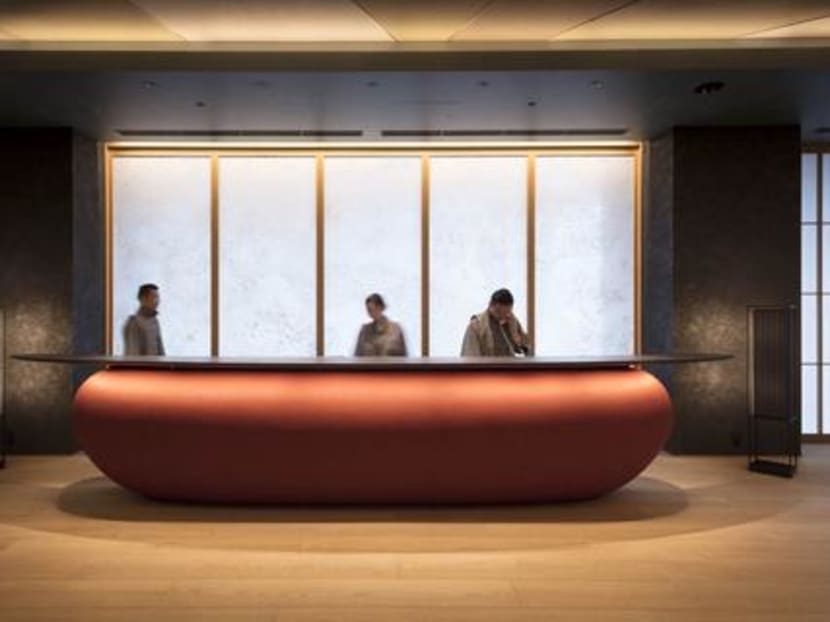
Reception.
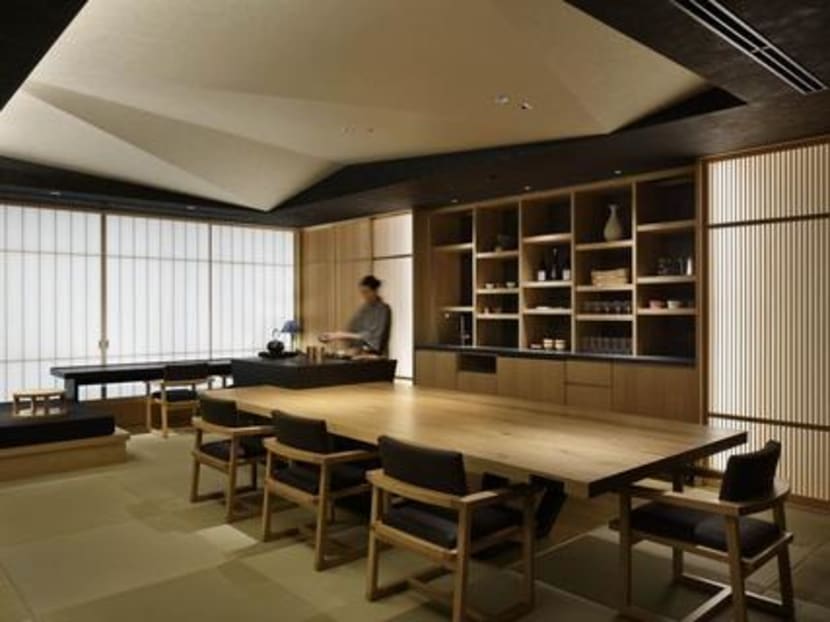
The Ochanoma Lounge.
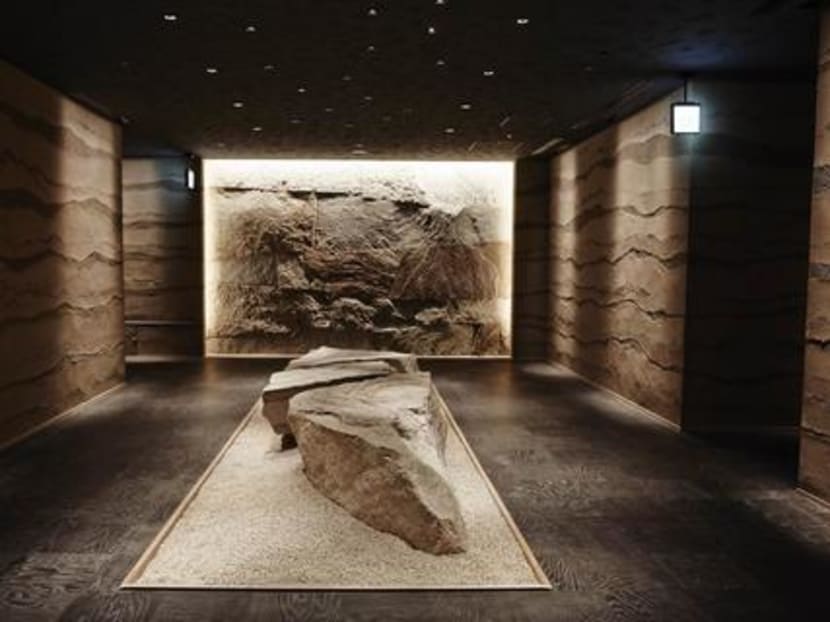
Entrance to the hotel's 10-table French-Japanese restaurant.
With 17 floors and 84 rooms, the Hoshinoya isn’t a tiny boutique hotel, but it’s incredibly intimate and quiet. Even when it’s at capacity, you’ll rarely see or hear another guest. The entryway does away with the typical concierge desks, ringing phones, or commercial activity. In their place are an art installation and a quiet space where you’re meant to remove your shoes, which the kimono-clad staff stores inside bamboo lockers. (The usual concierge services are available on a higher floor.) You’re required to walk around the hotel barefoot, even in your own bedroom, which is surprisingly liberating and makes the whole place feel like home.
In keeping with that residential feeling, each floor has a communal living room where attendants serve complimentary roasted green tea, onigiri (rice balls), miso soup, and sake. For late-night snacking, they even leave out homemade instant ramen. With only six rooms per floor, it feels like an extension of your private space—though the rooms themselves are plenty spacious; the smallest is 441 square feet, and it goes for about US$700 (S$997) in low season.
But the main attraction here is the open-air onsen, the area’s first natural hot-spring bath. Women and men bathe in separate rooftop spaces, each open to the skies, yet enclosed by towering walls. I went there daily, and each time, I was the only person there—even though the onsen is free and open to all guests. Don’t skip it: It’s an experience so restorative that it starts to feel religious. (The water is rich in therapeutic minerals.) It renders the spa—with its tension-relieving oil treatments—and on-site meditation classes completely unnecessary.
In fact, the hotel is so soothing that one night, my boyfriend and I cancelled our plans just so we could “hang out at home”. We had been travelling for weeks, and the Hoshinoya, while deeply rooted in Japanese culture, felt as comfortable and familiar as staying in a friend’s house. They even manage to bump Japan’s already legendary reputation for service up a notch: When we asked room service to heat up a leftover steak sandwich, they took the time to perfectly sear the meat and then butter and toast the bread.
Considering the great care given to leftovers, you can imagine the glory of the in-room Japanese breakfast. It comes in a bento box with fish, tamagoyaki (a Japanese rolled omelette), yuba (tofu skin), seaweed, miso soup, and steaming hot rice, plus flan and fruit. And if you really don’t want to leave, there’s also a 10-table French-Japanese restaurant in the basement.
What might not be as relaxing, depending on your perspective, is how seriously the Hoshinoya staff takes Japanese etiquette. On a walk straight from the onsen to my room, I haphazardly tied my kimono for the elevator ride; two staff members later approached and said they were “worried” that I didn’t know how to properly dress myself. (It’s not as if I flashed anyone!)
Communication can also be a challenge: Many staffers are not fluent in English, and that’s tough in a complicated city where concierge support is essential for reservations and navigation. Still, it’s a small tradeoff for staying at a hotel that’s so traditionally Japanese.
Tokyo was never lacking in gorgeous, opulent hotels, but the Hoshinoya gives visitors an unparalleled cultural experience that didn’t exist before. At the end of a long day of pounding the pavement in one of the busiest cities in the world, it’s a real joy to come back to a hotel so serene. BLOOMBERG





